Election 2025: Labor spending splurge to grow to $30,000 per person by 2029, as Peter Dutton warns of recession
Labor’s spending trajectory will reach more than $30,000 per person within the next four years, eclipse government expenditure during the Covid-19 pandemic, and reach the highest levels per capita on record.
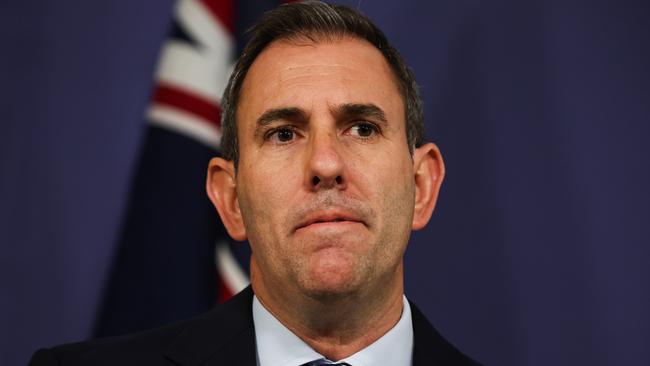
Labor’s spending will reach more than $30,000 per person within four years – eclipsing government expenditure during the Covid-19 pandemic and reaching the highest per-capita levels on record – as Peter Dutton says the country will be plunged into recession if Anthony Albanese is returned to office.
The Prime Minister on Tuesday could not rule out a national recession as a result of the international economic turmoil caused by Donald Trump’s global trade war.
Fears of a prolonged trade war and recession have put investors on alert after China vowed to “fight till the end” in a dramatic escalation of tariff tensions between the world’s two biggest economies.
Retailer Gerry Harvey warned that a push to cut interest rates by half a percentage point at an emergency Reserve Bank board meeting would spook markets and consumers and allow the Albanese government to avoid building a more responsible fiscal buffer.
Mr Trump threatened to hike tariffs on Chinese goods to more than 115 per cent with a new 50 per cent impost unless Beijing withdrew its retaliatory 34 per cent levy on US goods.
While the ASX 200 clawed back more than half of Monday’s sharemarket bloodbath, rising 2.3 per cent on Tuesday, fund managers said it remained highly uncertain if the trade spat would soften or deteriorate into a long-term standoff between the US and China.
Mr Albanese pointed to fresh Treasury figures released this week to show his economic plan would get Australia through the global economic chaos and the economy would continue to grow over the next four years.
“We have, under our government, continued to see the economy grow,” the Prime Minister said in western Sydney. “We’ve continued to see now, over the last five quarters, wages grow five quarters in a row. We have, in addition to that, seen tax cuts for every taxpayer dealing with cost of living relief. And we’ve seen inflation, importantly, brought down to 2.4 per cent. It had a six in front of it when we were elected. It peaked at 7.8 in 2022.”
The Opposition Leader pointed to Jim Chalmers’ suggestion the RBA might cut interest rates by 50 basis points in its May meeting to claim the government is foreseeing a recession. “Now, the Treasurer is out there talking about a 50-point reduction in interest rates, which means obviously that he sees a recession coming for our economy,” Mr Dutton said. “He wouldn’t be talking about 50 points as a reduction next month if he didn’t believe that there was going to be a significant souring of the Australian economy on his watch.”
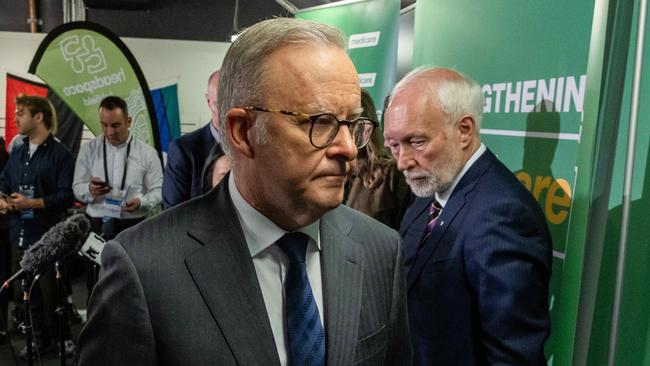
Already this year, government spending has been running at $1000 per capita above the pandemic peak of $25,500, with the pre-election fiscal and economic outlook released on Monday confirming this would continue to rise if left unchecked.
Analysis of the recent Labor budget reveals the extent of collapse in the fiscal buffer due to increased spending, with the per-person ratio to reach $30,100 by 2029 for a total of $877.7bn.
This is 27.2 per cent higher than the $23,700 per person spent in the Coalition’s final budget in 2021-22. Opposition finance spokeswoman Jane Hume said the Coalition’s analysis of the most recent budget papers showed annual spending forecast to be $223.6bn higher than at the peak of the pandemic, or $4600 more per person per year. The PEFO revealed the budget numbers were unchanged.
Senator Hume accused Labor of putting budget resilience at risk and diminishing the nation’s ability to respond to the current trade crisis. “Australians’ standards of living have collapsed under Labor but Anthony Albanese is trying to buy this election,” she said. “Prior to the pandemic, the Coalition’s careful economic management allowed us to balance the Budget, and ensured that Australia had the fiscal-firepower to respond to a crisis like the pandemic.
“But Anthony Albanese is now spending more than during the pandemic – putting at risk our national resilience and ability to respond to international crises outside our control.
“The result will see Labor rack up $1.2 trillion in debt or an extra $32,700 per household compared to the Coalition’s last budget.
“Spending is out of control and simply being slapped on the nation’s credit card for future generations to deal with.”
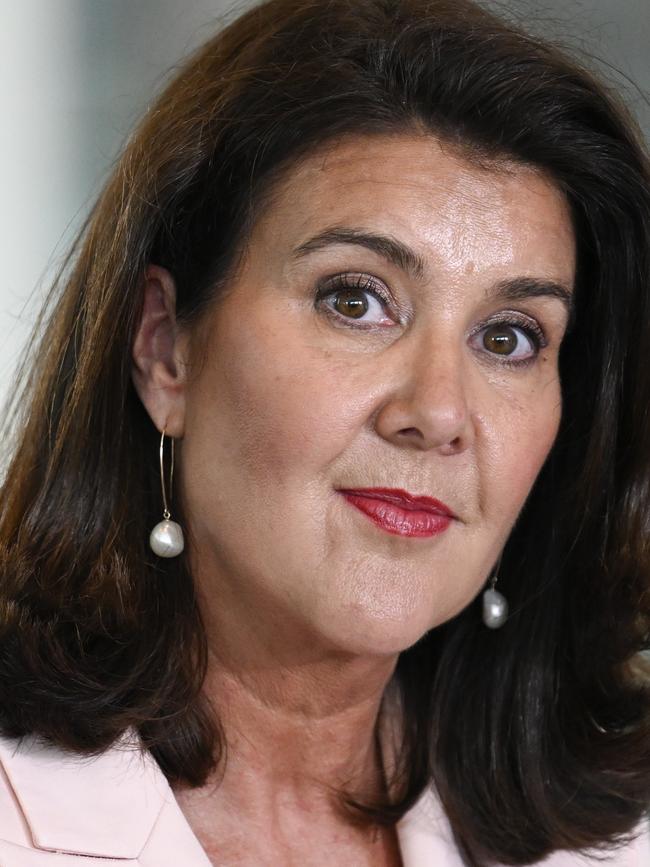
The Coalition’s first budget after it was returned to office in 2013 showed spending per person at $17,300. It peaked at $25,500 during the pandemic before falling in the Coalition’s final budget to $23,700. The May 2025 budget also showed debt was estimated to peak at a record high of $1.2 trillion in 2028-29. This is 37 per cent higher than the $895bn recorded in the 2021-22 final budget outcome. Senator Hume said this would means interest payments would more than double to $38bn compared with the Coalition’s last budget.
The Prime Minister on Tuesday said the pre-election outlook had “confirmed the hard work that my government has done”.
“ We’re seeing (a) lower deficit – it’s almost half of what we inherited,” Mr Albanese said as he campaigned in his own seat of Grayndler.
Since forming government in May 2022, Labor has benefited from bumper revenue upgrades, that turned two forecast budget deficits into consecutive surpluses and significantly reduced the deficit in the current financial year. But as commodity prices have fallen, the higher-than-expected revenue windfalls flowing to Treasury have slowed.
The government expects to hand down a deficit of $42.2bn next financial year, almost identical to the forecasts contained in the pre-election fiscal and economic outlook three years ago, despite an extra $91.5bn in receipts in 2025-26.
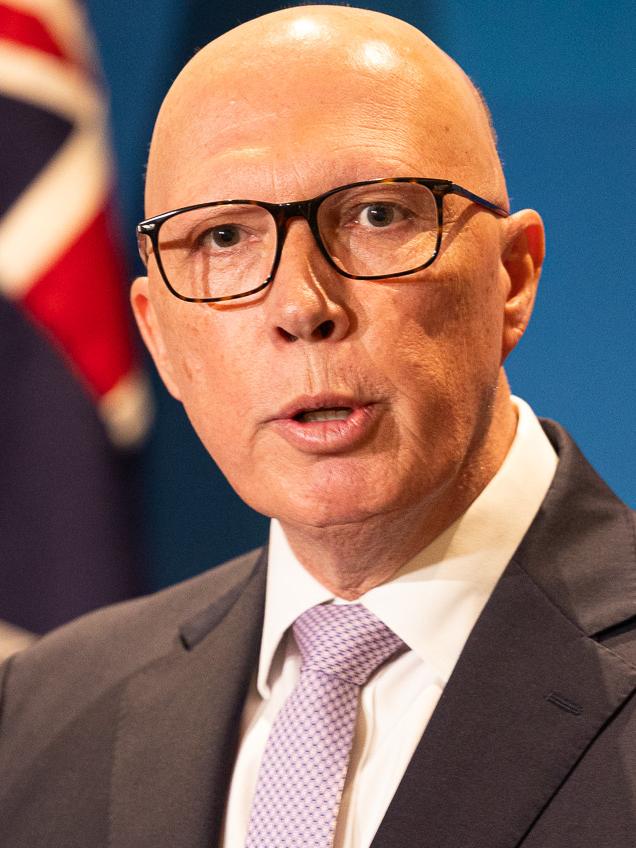
Amid the heightened risk of a global economic downturn, AMP chief economist Shane Oliver said there was “some flexibility” for government to respond in the event stimulus was required but warned near-record levels of public debt had curtailed how much could be expended.
“Government could do something which is highly targeted and very short term,” Dr Oliver said. “If you did anything which looked to be long term, locking in even higher levels of government spending, then the risk would be that the rating agencies could downgrade our AAA rating.”
Dr Oliver said more could have been done by the Albanese government to improve the budget, at a time when it had enjoyed “several hundred billion dollars of good luck” from high commodity prices and bumper employment growth. “Labor hasn’t really addressed the structural problems facing the budget,” he said. “Going into the Global Financial Crisis there was more of an effort to improve the budget in a structural sense.”
KPMG chief economist Brendan Rynne, meanwhile, argued that the federal budget provided “fiscal headroom” but expected the economy would avoid a downturn. “This isn’t an option the government needs to use,” he said. “This is not an emergency that requires a fiscal response. We’re not talking about a recession in Australia and we’re not talking about a wholesale bloodbath in the world economy.”

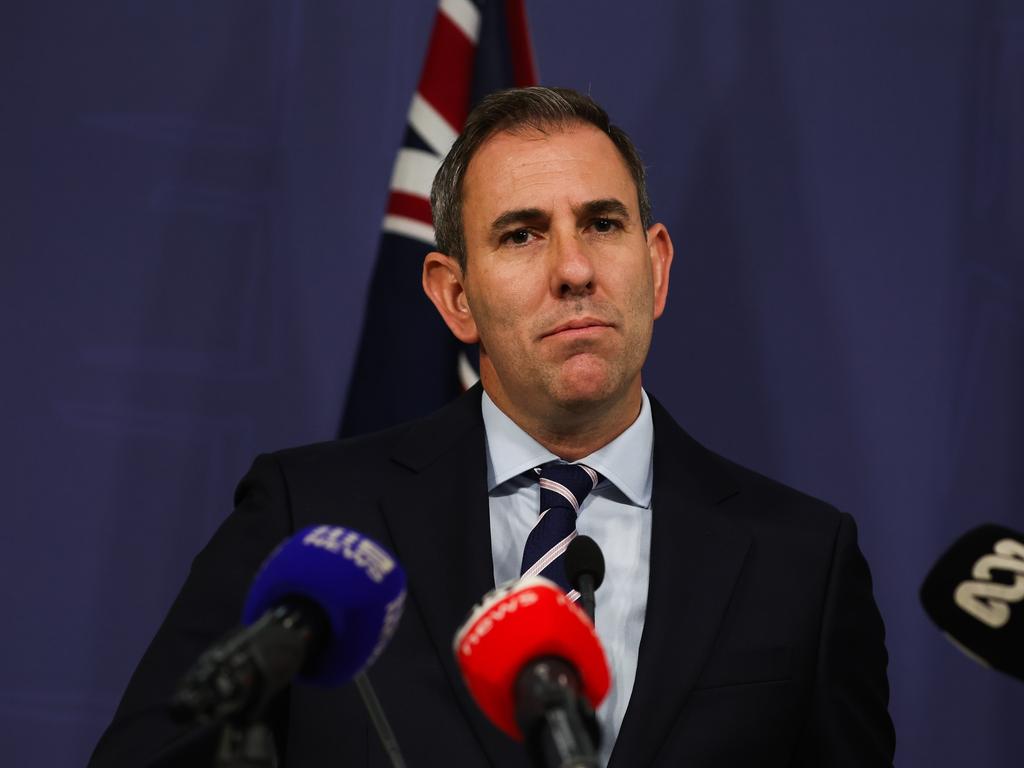



To join the conversation, please log in. Don't have an account? Register
Join the conversation, you are commenting as Logout